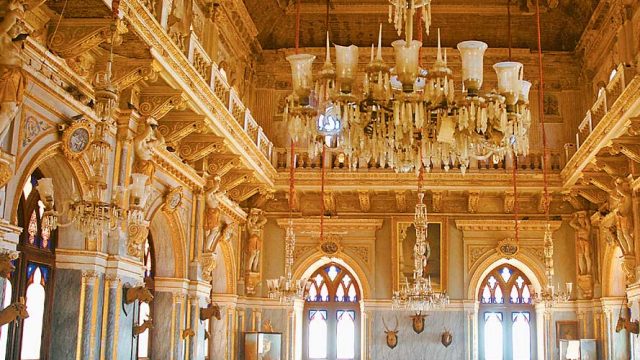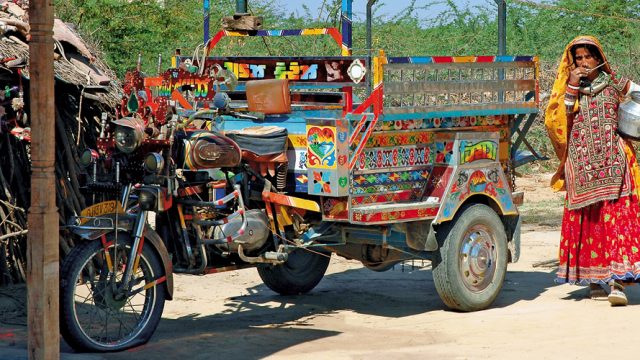In 1967, when the the ASI stumbled upon the archaeological site of Dholavira, it found the largest
The information
Getting there
The nearest airport and railhead is Bhuj (250km). From Bhuj, there are daily buses to Dholavira or you could rent a car.
Where to stay
Toran Hotel in Dholavira (Rs 900 AC doubles; 02837-277395, gujarattourism.com)
Dholavira
largest Harappan city discovered yet
Leave a Reply
You must be logged in to post a comment.





